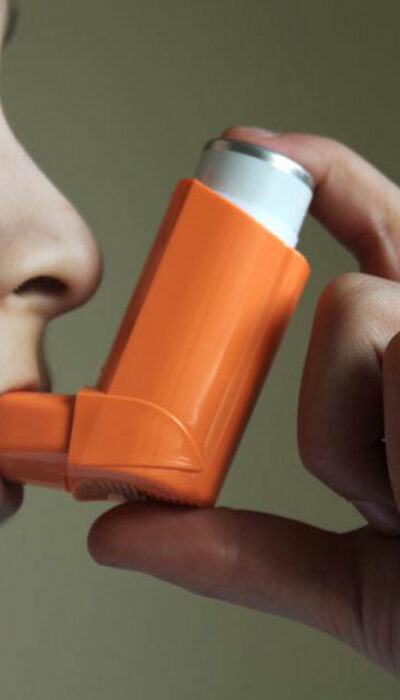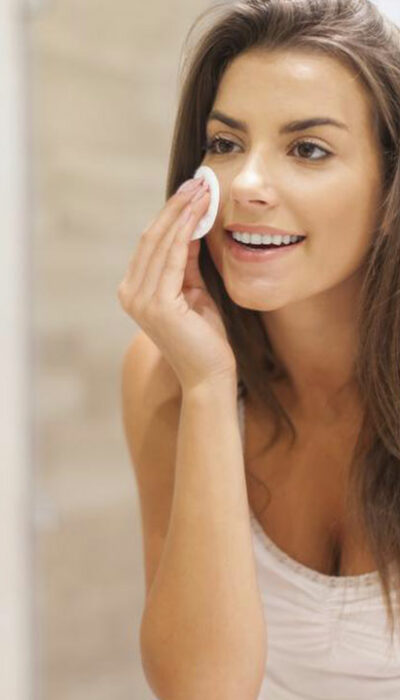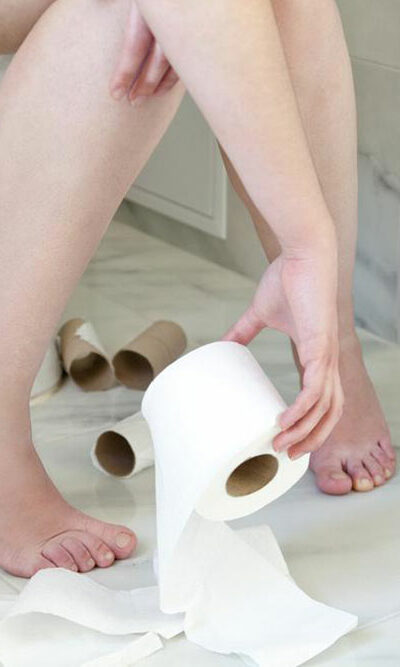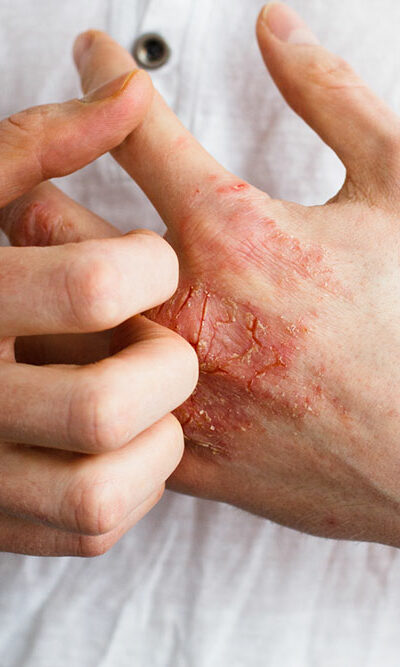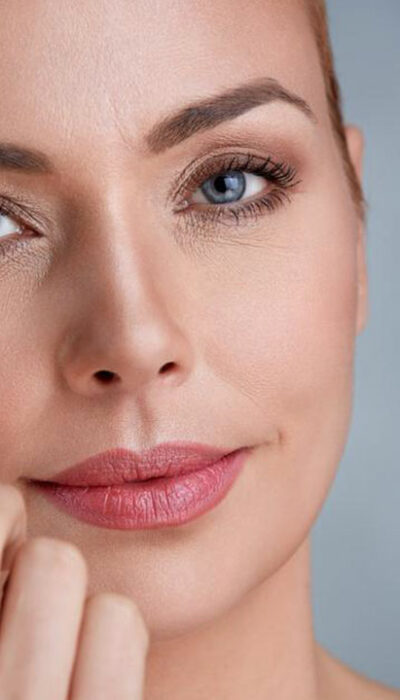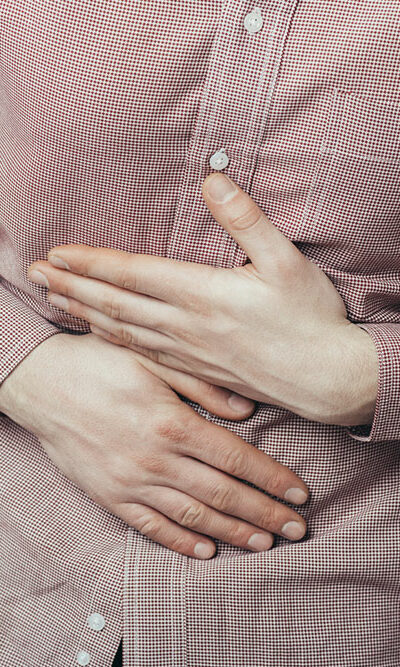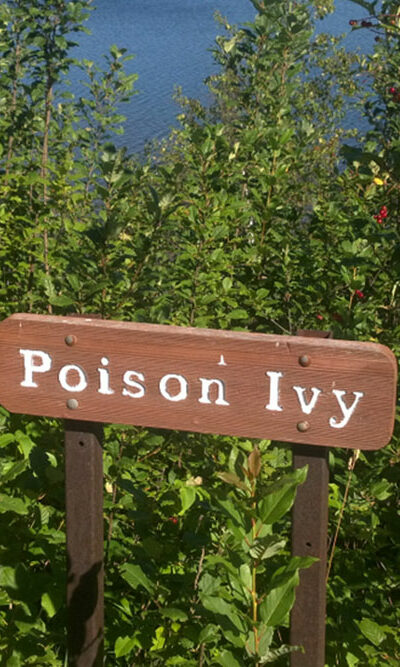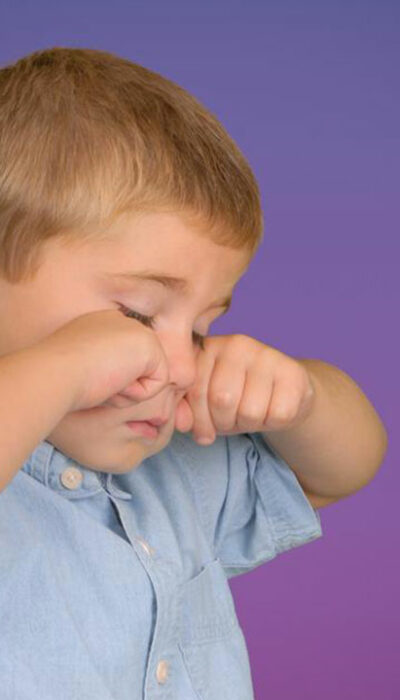
Simple Ways to Treat Itchy Eyes
Everyone has suffered from itchy eyes at some point in their life without fail. Itchy eyes are a common problem and along with itchy eyes come itchy eyelids, which is more often more irritating than the itchy eyes. The base of the lashes – the difficult-to-reach area of the eyes often itches a lot. Itchy eyes may also lead to red eyes and swollen eyelids and the medical term for this condition is ocular pruritus. The word ocular stands to refer to vision. Itchy eyes require immediate relief, and often the very act of rubbing the eyes makes the problem worse. Causes of itchy eyes Usually, it is an allergy or a foreign body that is the root cause of the itchy eyes. Any irritating substance, also known as an allergen, which can be animal dander, pollen, dust or anything that a person is allergic to can cause itchy eyes. The reason behind this is the release of an anti-allergy compound that is known as histamine. It is released in the tissues around the eyes that causes swelling, itching, and redness as a response to the allergen. It is a defense mechanism of the human body. Rubbing itchy eyes often makes the problem a lot worse and eye allergies can be seasonal, or year long and can come in different shapes and sizes. For example, seasonal allergies often cause a problem called seasonal conjunctivitis. It usually affects a lot of people during the fall and the spring season. The main cause behind it is allergens like pollen, dust and animal dander, grass, weeds, etc. that float freely in the environment during the spring season. Year-long allergies, also known as perennial allergies, can occur anytime during the year due to allergens like dust and mold. It should be noted that every person is allergic to individual substances and not everybody may have an allergy.
